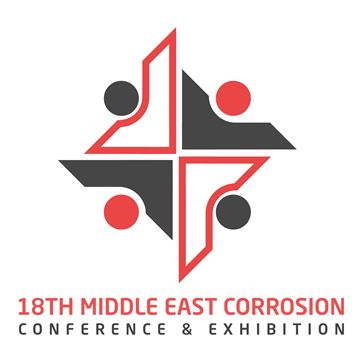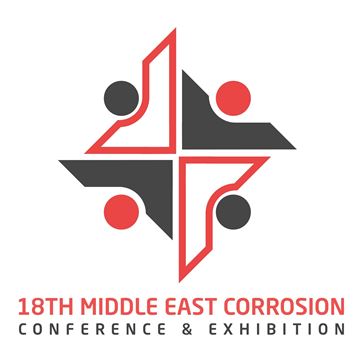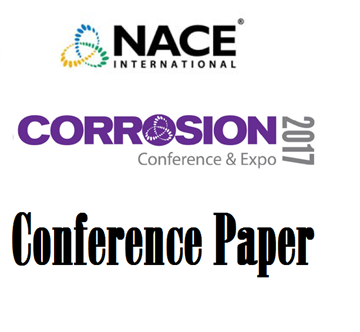Search
Products tagged with 'cathodic protection'
View as
Sort by
Display
per page
Laying the Foundation for an Engineered and Integrated Approach to Pipeline External Corrosion Protection
Product Number:
51322-17962-SG
Publication Date:
2022
$20.00
Life Extension of Offshore Field in the Santa Barbara Channel 3: Subsea CP Retrofit of 7 Pipelines with Small ROV Vessel Enabled by Hot Stab Anode String Assemblies
Product Number:
51323-19414-SG
Publication Date:
2023
$20.00
Linear Anode for Pipeline Rehabilitation – Thirty Years Later
Product Number:
MECC23-19993-SG
Publication Date:
2023
$20.00
Long-Term Case Studies Of Cathodic Protection Along The Texas Gulf Coast
Product Number:
51322-17734-SG
Publication Date:
2022
$20.00
Measuring IR-Free Potential: Analysis of the Remaining IR Components in the Off Measurements and Importance of the Design of SRE with Integrated Coupon to Obtain it.
Product Number:
51323-18803-SG
Publication Date:
2023
$20.00
Methodology to Estimate Edge Effect on Direct Current Cathodic Protection Coupons
Product Number:
51317--8976-SG
ISBN:
8976 2017 CP
Publication Date:
2017
$20.00
Microstructural And Transport Properties Changes In Blended Cement Concrete Resulting From DC Treatments
Product Number:
51323-19124-SG
Publication Date:
2023
$20.00
Mixed Metal Oxide Coated Titanium for Impressed Current Anodes Cathodic Protection
Product Number:
MECC23-20036-SG
Publication Date:
2023
$20.00
Modeling of Multi-Pipeline Corridor CP Potential Profile with Common Cathodic Protection System
Product Number:
51317--8910-SG
ISBN:
8910 2017 CP
Publication Date:
2017
$20.00
Monitoring Dynamic Corrosion and Coating Failure Events on Buried Steel Using Electrode Arrays
Product Number:
51317--9238-SG
ISBN:
9238 2017 CP
Publication Date:
2017
$20.00
NACE Publication 01101-2018-SG, Electrochemical Chloride Extraction from Steel-Reinforced Concrete -A State-of-the-Art Report
Product Number:
24214-SG
ISBN:
1-57590-386-5
$109.00
NACE Publication 01102-2018, State-of-the-Art Report: Criteria for Cathodic Protection of Prestressed Concrete Structures
Product Number:
24217-SG
Publication Date:
2018
$109.00












